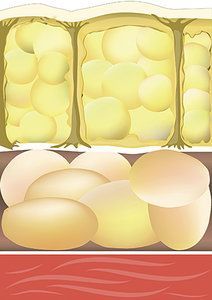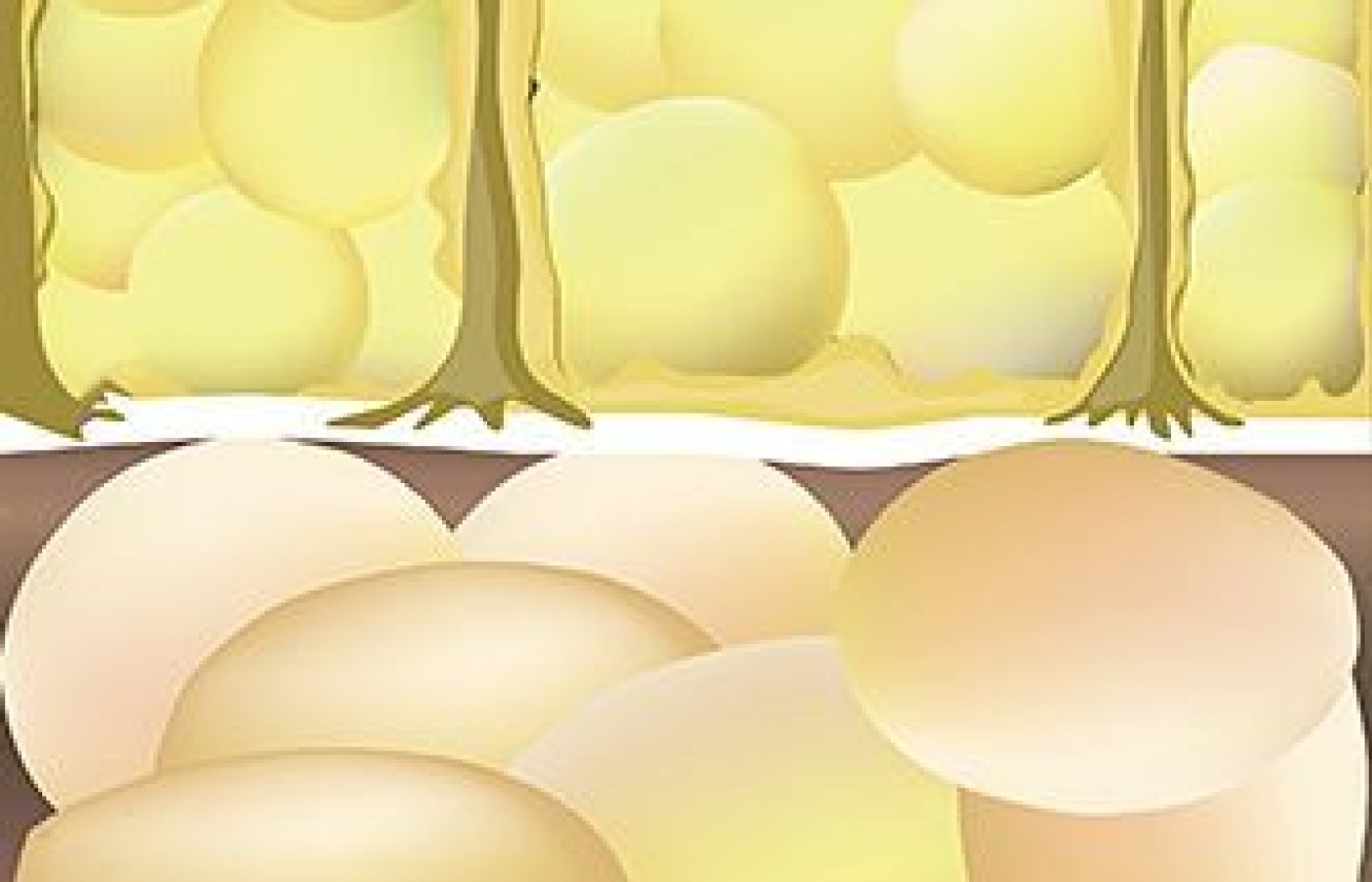Whether you accept it, avoid it or live somewhere in between, insurance coverage has become a defining issue for our profession. Patients increasingly expect to use their benefits, practitioners want to be compensated fairly for their time and expertise, and the system itself remains – at best – fragmented. The encouraging news is that coverage has expanded in meaningful ways. The challenging news is that reimbursement, across the board, remains inadequate.
TCM Cellulite Reduction Therapy: Results of a Treatment Outcome Study
In the spring of 2013, I posed this question to myself: Could acupuncture help eliminate cellulite? I wondered, could traditional Chinese medicine, a practice that is over 4,000 years old, address a modern-day cosmetic issue? There are nonsurgical treatments women are eager to try to reduce cellulite, but could TCM techniques such as acupuncture, cupping, electrical stimulation or heat application have a greater effect? Could it get rid of the adipose tissue and dimpled appearance? Would the skin become more taut and smooth?
From a traditional Chinese medicine treatment perspective, could working with the gallbladder and urinary bladder channels help people eliminate unwanted emotional baggage? Could one assist in letting go of resentment? What physical and emotional impact would treating those two channels have on the rest of the body?
Excitement and inquiry over this "challenge" took hold. Even though traditional Chinese medicine is thousands of years old, its methods are continuing to be used for modern-day issues. Could this treatment go deeper to address underlying factors in healing the emotional and mental aspects of the body's long-term storage of unresolved thoughts and feelings? Could a new approach to cellulite reduction be developed and tested?
Traditional Cellulite Care
American women spend hundreds of millions of dollars every year on liposuction, sucking machines, French creams, and even anti-cellulite jeans and special shoes claiming to eliminate cellulite, hoping to rid themselves of those unsightly skin dimples. They undergo treatments that include everything from the plastic wrap trick to zapping electric currents into trouble spots. These treatments involve risk, pain and can be costly without providing results.

Using the methods I came up with, I was able to prove TCM can provide a non-invasive option for reducing cellulite with no risk; as well as the additional health benefits of better circulation, balanced energy and a homeostatic environment for the body.
Testing a TCM Alternative
Cosmetic acupuncture (non-invasive) is a subcategory of traditional Chinese acupuncture in which the focus is on improving the skin's appearance. Acupuncture needles are used in combination with heat, cupping and/or electrical stimulation. As a clinical research trial / treatment outcome study (CRT TOS), this project enrolled people with particular symptoms to participate in tests of a new (novel) way of treating the condition of cellulite. Participants in the clinical research trial were not required to change their diet, lifestyle routine or exercise program. Each participant maintained their daily routine, with the only variation being the eight treatments required to complete the trial.
Preparation and Protocol
With the participant lying prone, measurements were taken in inches with a tape measure from the greater trochanter to the end of the affected area / length of adipose tissue along the gallbladder (GB) channel, GB channel to urinary bladder (BL) 36, GB channel to BL 37 and BL 36 to GB 30.
The participant was then treated with electric stimulation, heat, acupuncture points, cupping, topical application of a detoxification face mask, a detoxification scrub, as well as detoxification oil prior to cupping.
All products chosen were based on the following criteria: vegan, gluten-free, cruelty-free products that are environmentally friendly and have strict ingredient policies. Using these products, more than 2,000 harsh ingredients and chemicals were avoided.
- Patient lies prone with clothing removed from the waist down.
- Place towel on the patient's buttocks for comfort and modesty.
- Insert needles at GB 30, GB 31, GB 32, GB 34, GB 40, SP 6, BL 36, BL 37, BL 40 and BL 66.
- Apply topical detoxification face mask to thighs, hips and buttocks, making sure to be careful at needle insertion sites.
- Apply e-stim to GB 30 / 32 and BL 36 / 37.
- Place TDP lamp over buttock / thigh area and feet.
- Allow the patient to rest for 30 minutes; then remove TDP lamp, e-stim and needles.
- Apply warm water and a detoxification scrub, combined with a gentle massage, to remove the detoxification face mask.
- Wash the area clean with a facial sponge and soapy water.
- Apply an herbal pain-relieving gel to both legs and thighs, and allow 1-2 minutes for absorption.
- Apply detoxification oil to one thigh at a time immediately before cupping.
- Move cup along thigh and hamstring until skin is pink or red, but not longer than 5 minutes.
- Once both sides are complete, lightly massage detoxification oil into skin and wipe clean with facial sponge and soapy water.
- Apply a retexturizing serum in lotion and firming body cream along thigh, hamstring and buttock, and allow full absorption.
- Patient should not shower for 2-4 hours following treatment.
Treatment Outcomes: Expected and Unexpected
The outcome goals of this study were to reduce the appearance of cellulite, initiate movement of blood, body fluids and qi in the affected area, and ideally, produce long-term results that both the participants and the clinician would find remarkable. As a result of this protocol, some participants found there was a lift in the buttocks, a change in posture producing an even distribution of weight on the legs, and a reduction in pain in the hips and knees.
Some participants also experienced unforeseen benefits including improvements in sleep; improvements in smell (reduced body odor); increased circulation in legs resulting in a decrease in varicose veins; less acne; increased relaxation/ decrease in stress; and increased self-confidence.
I also noticed a balance of even weight distribution when participants were standing and more consistently even measurements on each side of the hips, thighs and buttocks. One side was not significantly different than the other.
Discussion / Takeaway
This CRT TOS was designed to see if traditional Chinese medicine could help reduce the appearance of cellulite. From that standpoint, it was extremely successful. Based on these results, the recommended treatment frequency is two times per week for four weeks; and then six-month follow-up treatments to maintain results.
In my experience, this is a proven method for reducing cellulite with a non-invasive approach and minimal risk, while also improving overall health and wellness. Results are achieved in a short amount of time (four weeks), with no down time or limitations to regular lifestyle.
Licensed acupuncturists can easily replicate this trial in their own clinics, providing patients with more cost-efficient and time-efficient options for eliminating cellulite.



